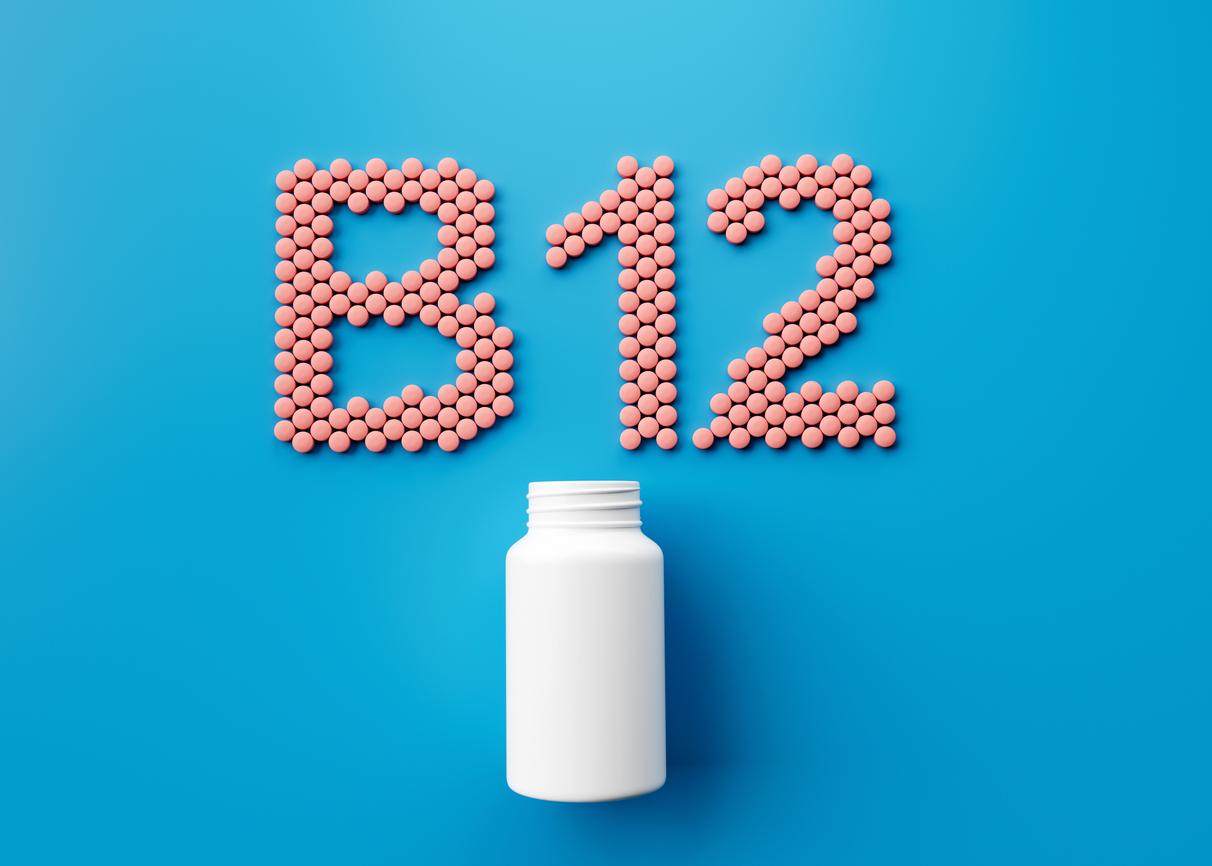Under emotion, the brain has a natural ability to modulate pain, even deactivate it. How does this analgesic mechanism work? Can we use it to better manage our own suffering?

- The brain has a natural ability to deactivate pain for a given time, as doctor Henry Beecher observed in wounded soldiers at war.
- The periacucal gray substance and enkephalins play a key role in the attenuation of pain. Physisque exercise, stress or social contact can stimulate these mechanisms.
- The study of these cerebral pain mechanisms opens the way to new therapeutic strategies for suffering management, whether drugs such as daily, approved by the FDA, or not, such as meditation or hypnosis.
“During the Second World War, doctor Henry Beecher observed that some seriously injured soldiers did not need powerful pain relievers to manage their pain. Even if, in some cases, the injury consisted in the loss of a member […] Their brain, under the effect of fear, stress and emotion, seemed to block it. “ But how does this mechanism work, and can we use it to better manage our own pain? In an article published in The Conversationthe neuroscientist Dan Baumgardt, from the University of Bristol to the United Kingdom, takes stock.
The protective role of pain
Pain is not a simple feeling: it is a brain construction from information sent by nociceptors, specialized neurons that detect potentially dangerous stimuli (cuts, burns, excessive pressure …). When a threat is perceived, the brain reacts quickly and triggers muscle response to avoid more serious injury. Pain therefore has a protective role above all.
It is nevertheless possible to interfere with this alert signal to prevent it from reaching the brain. For example, local anesthetics temporarily block the activation of nociceptors, while general anesthetics completely suppress the awareness of pain. Some people with congenital analgesia, a rare genetic condition, do not even feel any pain, which can cause serious injuries not detected.
“What is even more extraordinary is that we all have an innate ability to control our pain levels in us”explains Dan Baumgardt. Our nervous system indeed has a key structure to naturally regulate pain: periacucal gray substance (PAG). Located in the center of the brain, this region can adjust the painful signals before they reach the cerebral cortex, allowing a reduction in perceived pain. This capacity allows, for example, an injured soldier on the battlefield to continue running without fully feeling the pain, and thus being able to find refuge.

How our brain attenuates pain
Substances that generate this analgesic effect are called “enkephalins”. These natural substances released by the brain and spinal cord act similar to opiates (such as morphine) by inhibiting the transmission of painful signals. “So how could we hack our own nervous system to produce this analgesic effect?”wonders the neuroscientist. According to him, several factors can stimulate this release of enkephalins: physical exercise, acute stress, food, or even pleasant experiences such as social contact or sexual intercourse.
The study of these cerebral pain mechanisms opens the way to new therapeutic strategies. Recently, a new treatment, the day, has been approved by the Food and Drug Administration (FDA), the American health gendarme. It acts by directly blocking the nociceptors, thus avoiding the side effects of opioids such as dependence. But ultimately, rather than turning systematically to drugs, it may even be possible to exploit the natural capacities of the body to relieve pain, for example via meditation or hypnosis, thus opening a new era in management suffering.

















